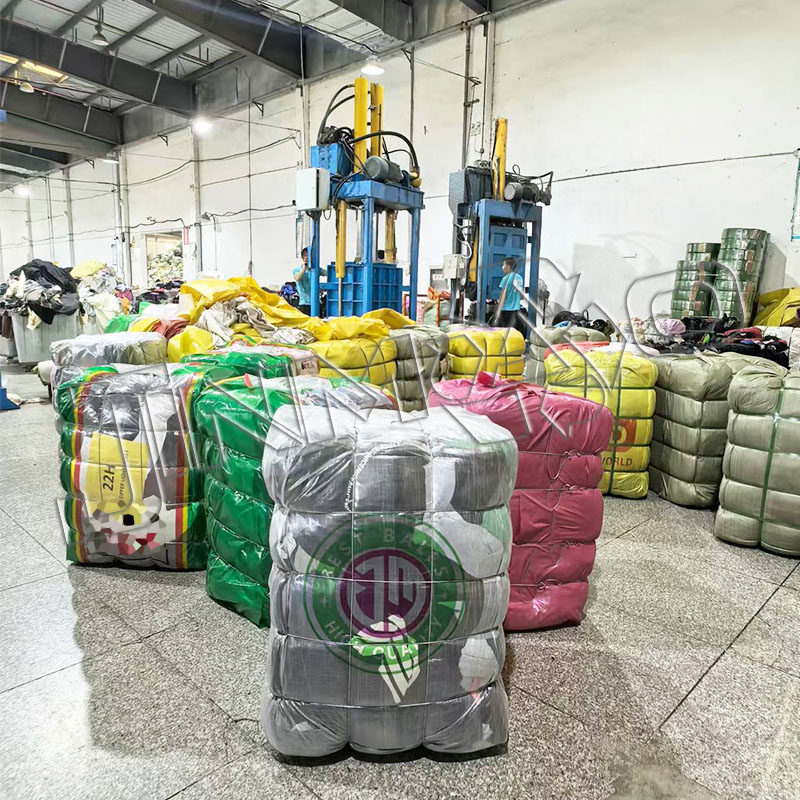
11
Oct
Good business in Africa :The Journey of Second-Hand Clothing in African Markets
The trade of second-hand clothing is an intricate and multifaceted industry, especially prominent in Africa, where it serves as a vital component of the local economy. This article delves into the processes and mechanisms through which these garments, packed in large shipping containers, arrive and are sold in various African countries.
The journey begins in the Western world, where individuals donate or discard clothing they no longer need. These garments are collected by charitable organizations and commercial recyclers. Once gathered, they undergo sorting based on quality, style, and material. High-quality items may be set aside for boutique resale, while others are prepared for export. Companies specializing in this trade purchase the sorted clothing and pack them into containers, ready for shipment.
Transportation logistics play a crucial role as these containers are shipped to major ports across Africa, entering countries such as Kenya, Ghana, and Nigeria, which are prominent hubs in this trade. Upon arrival, the containers are typically sold to local importers, who are adept at navigating the regulations and tariffs imposed by each country.
Once the goods clear customs, they enter local markets, transforming into small-scale, informal business opportunities. Vendors purchase bales of clothing from importers and resell items individually. Interestingly, sellers categorize and price clothing based on factors such as brand, style, and condition, creating diverse price points catering to different consumer classes.
This second-hand clothing industry, colloquially known as “mitumba” in East Africa, is not without its challenges. Critics argue that it impacts local textile industries negatively; however, it simultaneously provides access to affordable clothing and supports numerous livelihoods.
In conclusion, the sale of second-hand clothing in Africa represents a complex supply chain that spans continents and societal classes. While it presents economic opportunities, it also demands a balanced approach to ensure sustainable practices that benefit both global and local communities.
